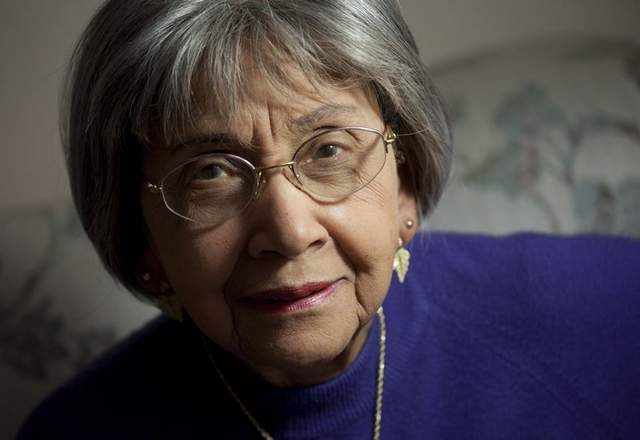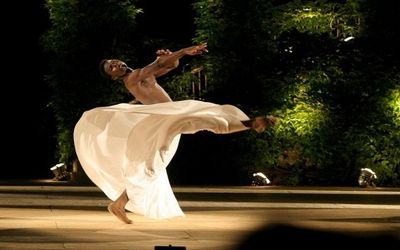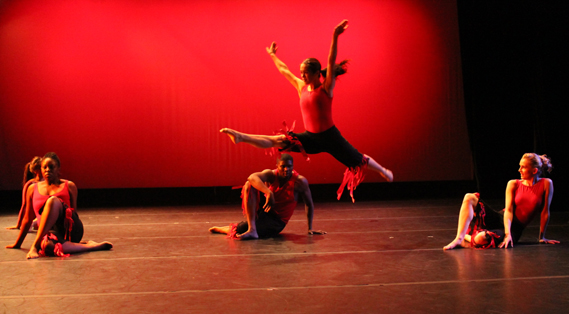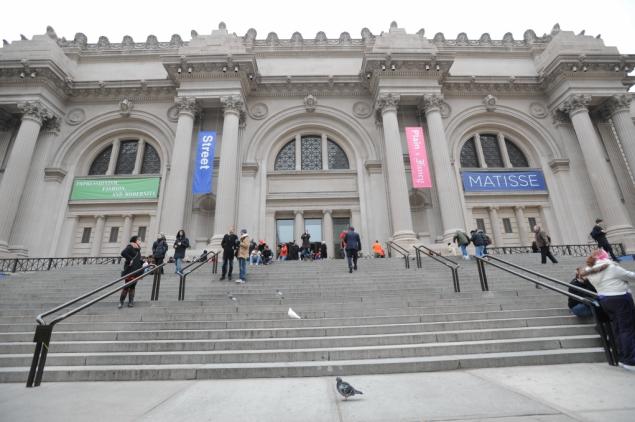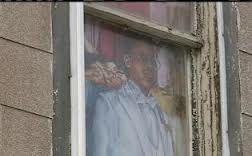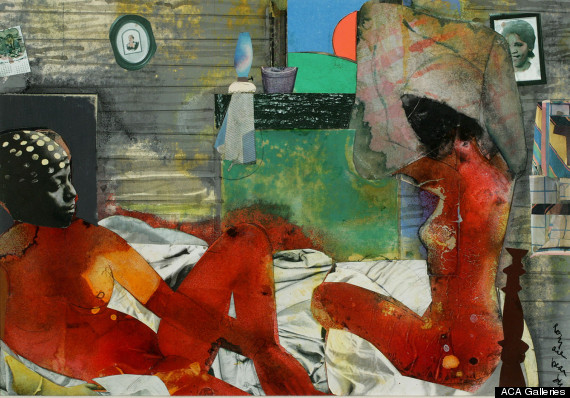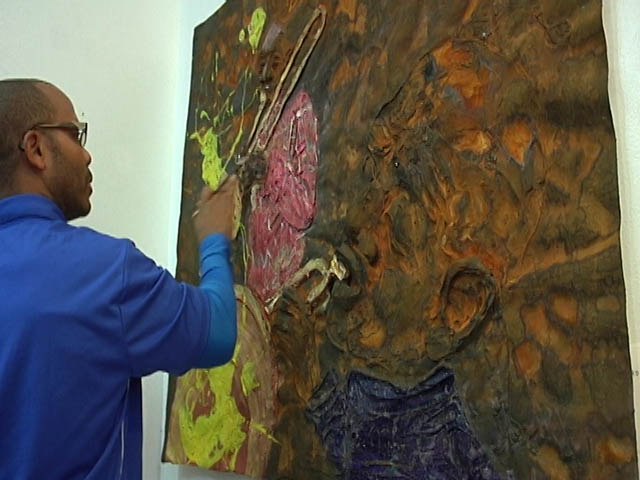
Brick home after brick home creates a blur of tan as you drive through Bronzeville and then something catches your eye, a mural. Either free standing or painted on the sides of buildings, these decadent pieces of art call for more than just a glance.
But as out of place as they seem, they stand as reminders of a part of the neighborhood’s identity that many may have forgotten or never been aware of..
Bronzeville has been a hub for art and culture for more than 75 years. But despite its importance in the mid-1900s, the image of an artistic community has been replaced with one of crime.
With heavily publicized destinations like the Field Museum, Navy Pier and Michigan Avenue topping the lists of most tourists, Bronzeville rarely makes the cut.
“It would definitely encourage more tourism and encourage people to explore if they knew that [Bronzeville] was here,” said Andre Guichard, co-owner of Gallery Guichard, located at the intersection of 35th Street and S. Martin Luther King Dr.
Bronzeville is home to at least six galleries and art museums specializing in, but not exclusive to, African art and art of the African diaspora.
“The community is so rich in history and culture itself,” said Cliff Rome, co-owner of Blanc gallery located at the intersection of 45th Street and S. Martin Luther King Dr. “So we are all about exposing Bronzeville to the world.”
The Promised Land
The exodus of African-Americans from the Deep South
Roughly between 1916 and 1970 more than 6 million African-Americans relocated to cities in the nation’s North: New York, Detroit and Chicago to name a few.
The North promised job opportunities and the possibility of escaping Jim Crow laws.
Known as the greatest demographic shift in American history, the Great Migration triggered great racial tension in the North, prompted a clear segregation between the white and, newly increased, black population.
“From Thirty-fifth Street all the way down to Fifty-fourth Street, became home to nearly 40,000 poor black people,” said Nicholas Lemann, in his book “The Promised Land: The Great Black Migration and How It Changed America.”
Despite all its drawbacks, the critical mass of people in Bronzeville created opportunities.
“Segregation, while it was negative, brought with it a concentration of people and one such concentration were the artists; and in Bronzeville, there were always outstanding artists,” said Daniel T. Parker, professor of African Art at Chicago State University.
By the middle of the 20th century, Bronzeville was the center of Black Chicago, according to the Bronzeville Alliance. It was economically integrated and culturally rich. The area was the heart of black entertainment, a regular stop for performers such as Duke Ellington, Cab Calloway and others.
This forced concentration of blacks in Bronzeville led to the Chicago Renaissance an outgrowth of the Black Arts Movement, an expression of cultural pride through art and literature, originating in New York and running from the mid-60s to the mid-70s.
“They created a stance on what black art should be and what it should illuminate,” said Candace Hunter, a Bronzeville artist and curator at Faié Afrikan Gallery.
“Up until that time we did not see our own images and, if we did, it was not in a positive light,” Hunter said.
In the 1960s, Chicago began to see an end to racially restricted housing and Bronzeville fell into an economic decline. Poverty and crime took over as middle- and upper-class blacks could now leave the South Side. The decline of domestic industry jobs in the late 20th century cut the number of good paying positions for blacks, too, which also contributed to Bronzeville’s economic spiral.
Bronzeville’s population declined by more than 75 percent between 1950 and 2000 and much of the community’s economic base was lost, according to the Bronzeville Alliance.
The African American center for art, business and community spirit, born from the limitations inflicted by the city, began to fade.
Baby steps to recovery
Overcoming internal and external forces
Today, gallery owners and artists have repopulated the area and say art is the answer to turning the community around.
“I have watched it when the city decides that this is now going to be a nice community. Voila!” said Andre Guichard. “It may not be overnight but pretty quickly. And I know one constant variable in all those communities has been art.”
Many gallery owners in Bronzeville blame the city and media outlets for not highlighting positive images in the neighborhood. They said images of gang violence and crime are deterring art appreciators from traveling to the South Side.
“I would love to see more programs in the city of Chicago that allow for the softening of communities,” said Frances Guichard, co-owner of Gallery Guichard, with husband Andre. “But I think that it is important for people to judge for themselves a community, a group of people or a neighborhood.”
Andre Guichard said the city needs to understand and appreciate the values of its neighborhoods as part of a larger cultural quilt of neighborhoods that offer culture.
Along with the city, the galleries and artists in Bronzeville said there is one other culprit contributing to its lack of visibility: themselves.
The district’s success has had to depend on the strong community of art appreciators in the Bronzeville area, which includes a number of dedicated collectors. But once buyers run out of money and space to store their art, their contributions will not be enough to sustain the art district.
“It’s a shame that the success or failure of art is in the hands of some individual that has not really been exposed to the complete culture,” Rome said.
Artists and gallery owners alike realize outreach from within Bronzeville is necessary to bring foot traffic to the district.
“We have to start building relationships outside of our comfort zone. We have to go out and we have to welcome people to Bronzeville and let them feel comfortable and at home,” Frances Guichard said.
Community leaders and business owners are working together to assess more effective ways to advertise the district’s attractions to those outside its boundaries who are interested in art.
“To be able to market costs money. When you have business on the South Side of Chicago we have to collectively work together to build that funding,” Frances Guichard said.
Unlike during the mid-1900s, this community refuses to confine its talents to any imaginary or physical boundaries.
“We know part of our responsibility now is to make sure that we can bring [Bronzeville] back one thing at a time,” Rome said.
Like this:
Like Loading...
